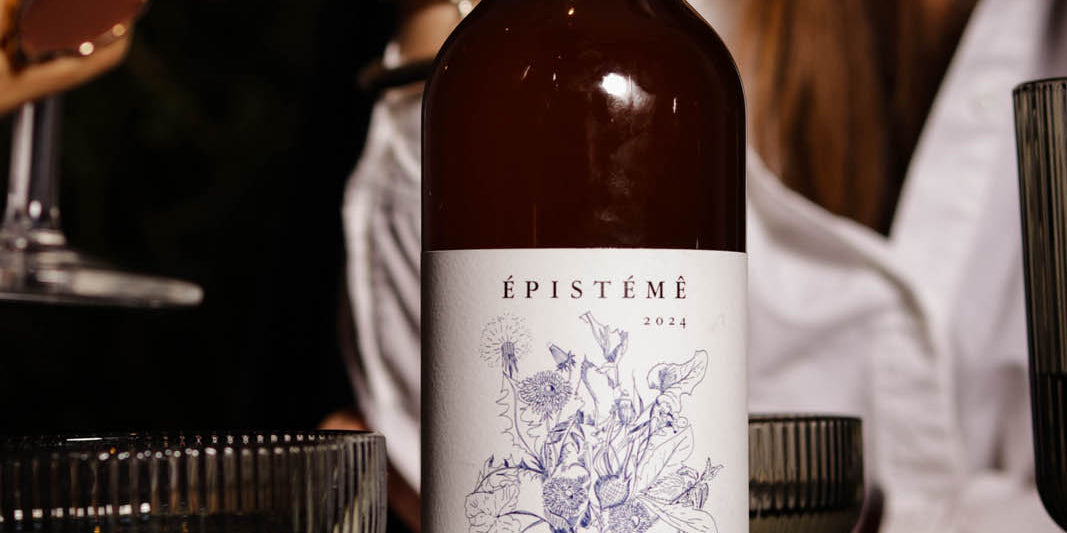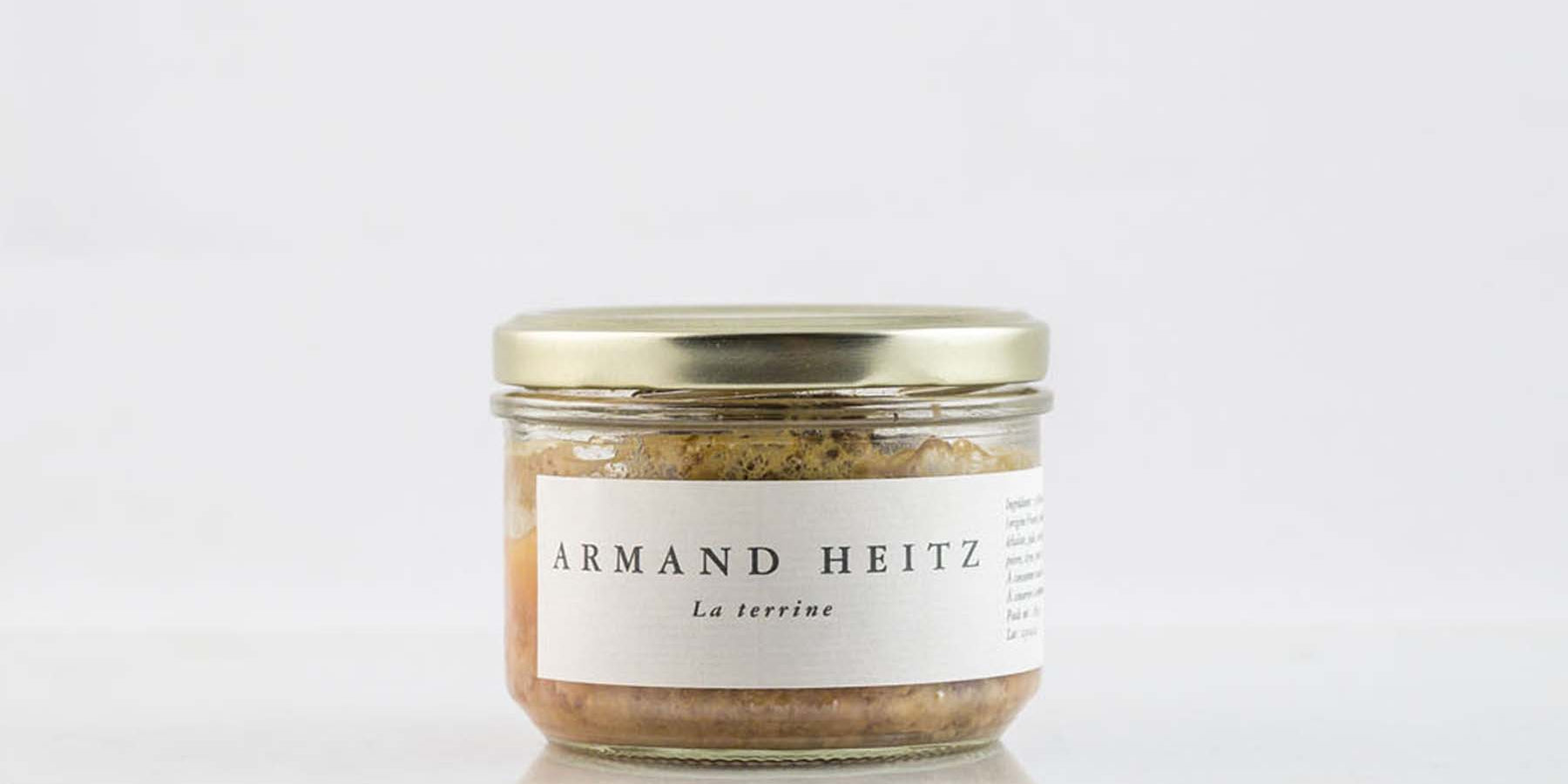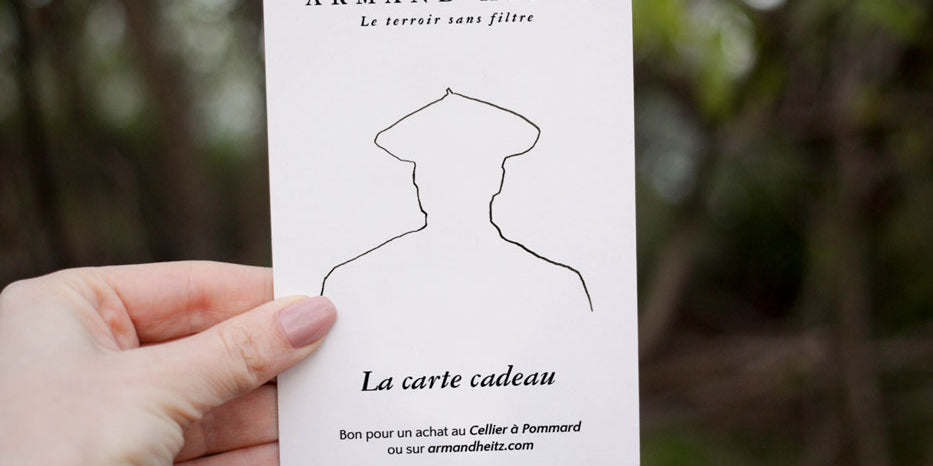“- I have a wonderful Beaujolais wine, would you like to taste it?
Moment of hesitation…
- Great idea! A Gamay from a good winemaker on these terroirs, we are never disappointed!”
What if this dream finally becomes a reality?!
Why is Beaujolais a region so well known to everyone and at the same time so divisive?

In the 1960s, merchants set up a global phenomenon that shook the region: the sale of “Beaujolais-nouveau” on the third Thursday of November following the harvest. It's a way to create buzz and have immediate cash flow without waiting for months of aging in the cellar. It turns out over the years to be the best but also the worst adventure that the region has known. This event, celebrated around the world, has made Beaujolais known as a brand like Champagne can be. This image of drinkable wine with “strawberry banana” aromas due to carbonic maceration has also tarnished the image of all the wines of a region, an image that is very difficult to restore today. While “Beaujolais-nouveau” only lasts one day a year, there are great Beaujolais wines to taste the other 364 days of the year!
Beaujolais no longer has to prove itself, or even blush alongside these colleagues from northern Burgundy, who moreover invest in these more financially accessible lands.

The Beaujolais mountains stretch from Mâcon to the north of Lyon. From the classification of 1935, the region classifies 10 Crus (which are also villages): Saint-Amour, Juliénas, Chénas, Moulin à Vent, Fleurie, Chiroubles, Morgon, Régnié, Côte de Brouilly and Brouilly as well as two other appellations: Beaujolais and Beaujolais-Villages. The predominantly granite soils offer an ideal cradle for Gamay, the favorite grape variety for red wines and Chardonnay and Aligoté for white wines.
It is thanks to the hard and passionate work of leading winegrowers such as Marcel Lapierre, Château Thivin, Domaine du Vissoux, Clos de la Roilette, Domaine de Fa, Château du Moulin à Vent… that the image of the Beaujolais crus have risen in the esteem of wine lovers in recent years. The Beaujolais crus are wines that approach very well in their youth and which also have a very interesting aging potential. Who has never tried to trick a recalcitrant Beaujolais friend with the blind tasting of a Morgon 2015 or a Côte de Brouilly 2017? The game is tempting because we are sure to surprise and twist the blow to these annoying prejudices. Let's not blame anyone here, because these prejudices are the result of an amalgam implicitly created by the same actors in the region.

In the Beaujolais region, work in the vineyard is complex and intense. The vines are traditionally planted in cups, which makes the mechanical work of the soil complicated, especially on granite soils. The environmental awareness of the winegrowers favors new methods with, for example, wire trellising of goblet vines in order to improve viticultural practices and the life of the soil. Many areas, such as Jean Foillard in Villié Morgon, legendary winemaker, have even taken the turn of the development of natural wines.
Armand Heitz has always been very attracted to this region and its terroirs. It is therefore with great enthusiasm that he seized the opportunity in 2018 to embark on the adventure in Beaujolais.Juliénas seduced by its terroir of volcanic rocks composed of schists and blue stones that can also be found on the great terroirs of Mont Brouilly or the Côte de Py in Morgon And it is also true for its cost per hectare more accessible than in Côte de Nuits, Beaune or Chalonnaise!
The work started in the vineyard where it is still carrying out important stages of restructuring the vineyard (mainly old vines planted in cups). In 2021, he plans to replant a plot with a hybrid grape variety that will limit inputs as much as possible. In the winery, respect for local traditions is essential. This is why the vinification follows the principles of carbonic maceration in whole bunches with short vatting to preserve all the fruitiness and follows aging in concrete vats. In the coming years, Armand wishes to produce a cuvée on a plot of Juliénas with aging in oak barrels. Juliénas has magnificent terroirs which are reflected in the estate's cuvée, but the ambition is to further highlight this richness with a parcel approach and to have different cuvées.
In 2011, the Coteaux Bourguignons appellation was created to allow a unique blend between Burgundy and Beaujolais. Pinot Noir and Gamay blending for the reds and Chardonnay and Aligoté for the whites are possible. This is how “Folie Sauvage” was made with Pinot noir grapes from Domaine Armand Heitz in Volnay and Meursault and Gamay grapes from Beaujolais on hillsides with wonderful exposure in Pruzilly.
And this year, for the first time, Armand Heitz is producing a Beaujolais Villages Nouveau, which is called "Nouveau Beaujolais". A way to give a new version and image of "Beaujolais-nouveau" while associating with this concept which carries strong and common values to the domain.
You will have understood that the Beaujolais region is full of nuggets to taste and what is more, at affordable prices. Let yourself be seduced by these great seductive and complex wines!
Marie-Pierre Dardouillet / Communication grape varieties
Sources:
Interbeaujolais interprofessional website: beaujolais.com
Map: @pinterest
Photos: @jibpeter & Georges Bendrihem
.










